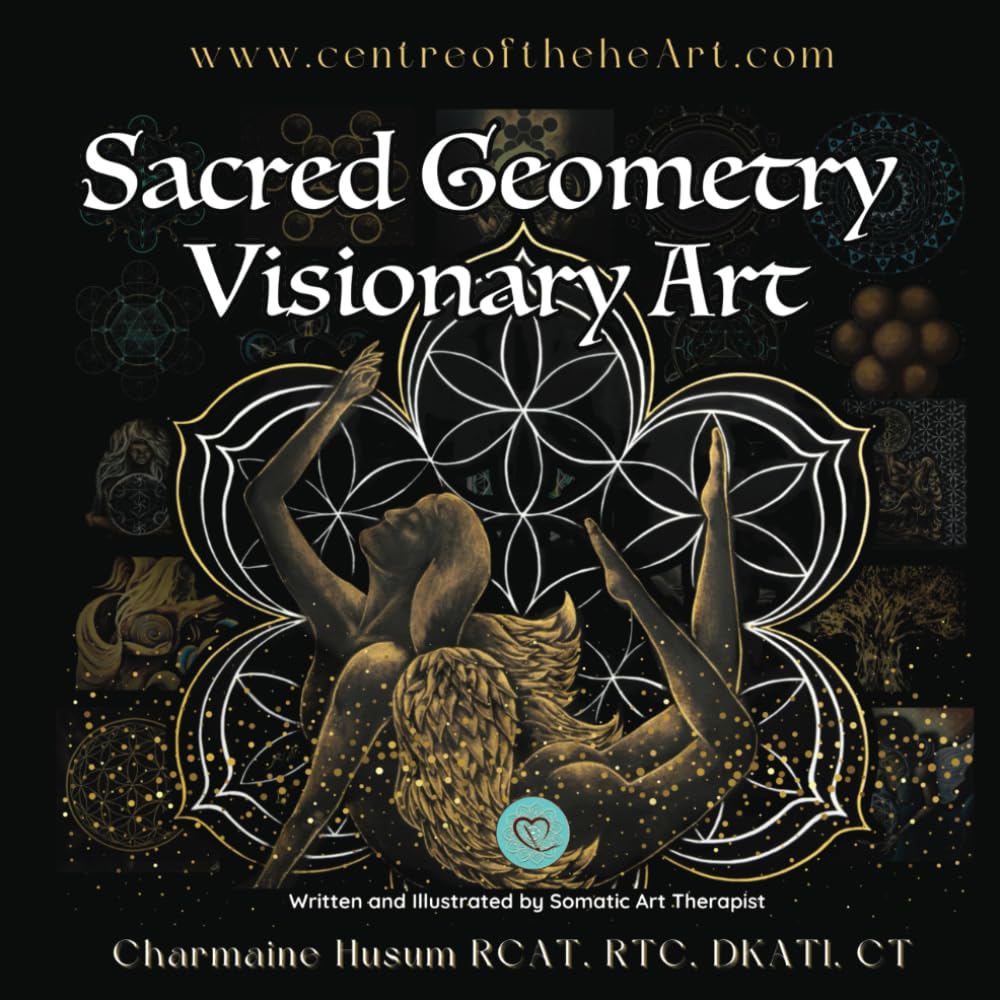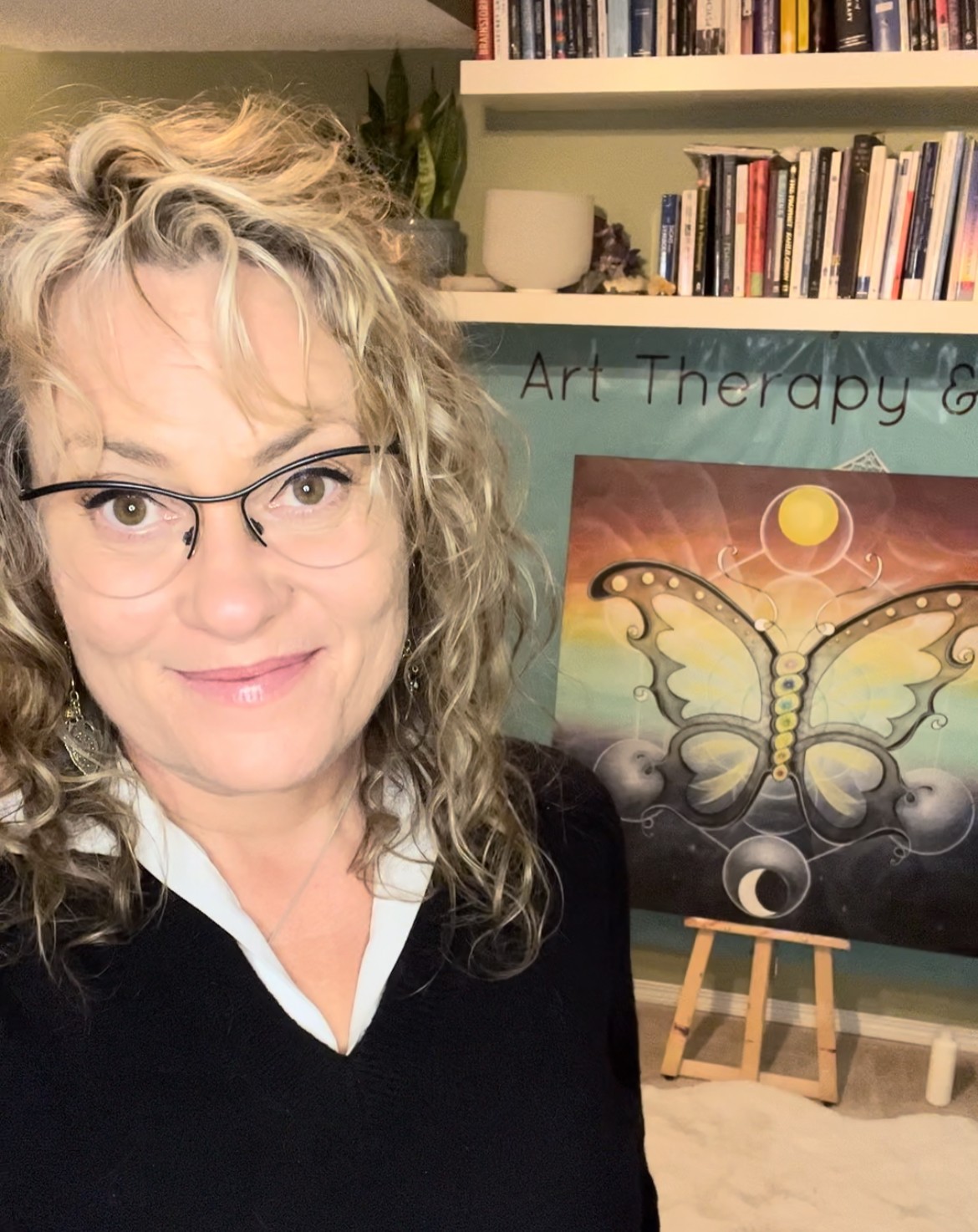November 3, 2025
The American Art Therapy Association represents a diversity of professionals, students, and organizations across the nation. We recognize and celebrate the work of our members at all levels through our Featured Member series.
What excites you most about your job right now?
Through my work over the past decade at the intersection of Art Therapy and Psychedelic-Assisted Therapy, I have remained mostly quiet about what I do. What excites me most now is that the landscape is changing, allowing me to share openly and collaborate with icons in the field such as Stan and Brigitte Grof, Bruce Tobin, Martina Hoffmann, Bessel van der Kolk, Judith Herman, and others. To have my research of more than a decade recognized in my second publication, and to have Routledge publish this work, truly humbles me. I am deeply grateful that people are beginning to understand the vital role Art Therapy plays in supporting proper preparation and integration within the field of Psychedelic-Assisted Therapy.
“My hope for the field of art therapy is that its light continues to ripple outward—touching hearts, bridging cultures, and nurturing the collective healing and transformation our world so deeply longs for.”
— Charmaine Husum
What advice would you give someone interested in pursuing a career in art therapy?
The advice I would share with those pursuing a career in art therapy is to continue learning long after completing your foundational training. New modalities and research are constantly emerging, and it’s essential to stay current. Integrating other healing approaches can also be deeply supportive, no matter which niche one chooses to specialize in.
How have diversity or social justice impacted your work as an art therapist?
The therapeutic space offers significant potential for individual and collective transformation. Grounded in a feminist, egalitarian, and person-centered framework, my work emphasizes sensitivity to the diverse lived experiences that shape each individual’s reality. A social justice lens is fundamental to my practice, guiding an awareness of systemic inequities and the importance of amplifying voices from non-dominant and marginalized groups. This commitment to equity and inclusion not only informs my approach to art therapy but also reflects the core motivation behind my choice to enter the field.
Has working with a particular client group shaped your professional focus or specialty? What have you learned from working with these clients?
My professional focus has been shaped by working with individuals healing from trauma through art therapy and transpersonal approaches. By integrating holistic modalities such as somatic practices, Internal Family Systems (IFS), sound healing, and meditation within the art therapy process, I engage with clients who may not have felt safe, seen, or heard within traditional models of talk therapy. This integrative approach fosters embodied awareness and deeper self-connection. I am continually honored to engage in this work and to witness the innate capacity for resilience and transformation that exists within every individual following adverse experiences.
Charmaine presented her two recently published books at the AATA2025 In-Person Conference and the Virtual Conference.
Learn more about her books here.


About Charmaine Husum, RCAT, MTC, CT, DKATI

Charmaine Husum, RCAT, MTC, CT, DKATI is an internationally recognized artist, Registered Canadian Art Therapist, Somatic Counsellor, and Kundalini Yoga & Meditation teacher. For over 12 years, she has specialized in preparing and integrating altered states of consciousness and psychedelic experiences through Somatic Art Therapy. Trained in Internal Family Systems, Integrative Body Psychotherapy, Hypnotherapy, Transpersonal Psychology, Sensorimotor Psychotherapy, and Trauma-Informed Therapy, Charmaine supports clients worldwide in healing PTSD, CPTSD, depression, anxiety, and other mental health challenges through her practice and online courses at, Centre of the HeArt.
A leading advocate for harm reduction and trauma-informed care in psychedelic-assisted therapy, Charmaine has developed structured integration protocols outlined in her Psychedelics & Art Therapy manual and courses, taught internationally and through the Kutenai Art Therapy Institute in Nelson, BC.
Her second book, Psychedelics & Art Therapy: A Trauma-Informed Manual for Somatic Self-Discovery (Routledge, 2025), endorsed by Stan Grof, Brigitte Grof, Bruce Tobin, Susanne Fincher, Marilyn Clark, Monica Carpendale and other experts in the field, serves as a vital resource for clinicians and individuals alike.
Believing that true and lasting healing lives within every individual; the work she does focuses on one’s inner strength, power and innate capacity to thrive beyond difficult experiences in life. Charmaine’s research explores neuroplasticity, epigenetics, and intergenerational trauma, highlighting how creative expression catalyzes healing and transformation.
Learn more at www.centreoftheheart.com.
